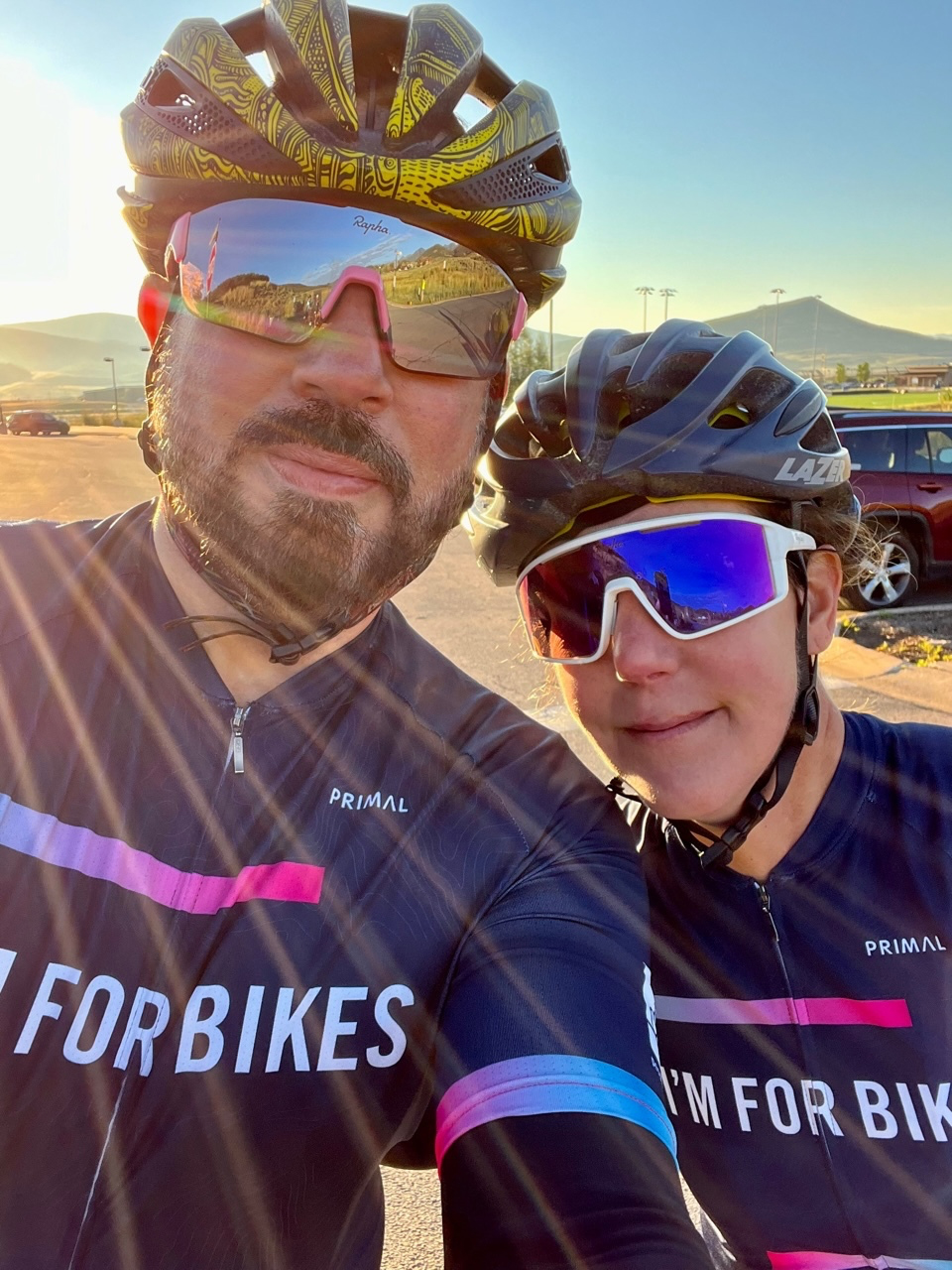By Charles Pekow
Will a Supreme Court ruling denying public rights to a converted rail-trail put your favorite local trail in danger? Probably not. But in a few cases, it might. The precedent potential of the March U.S. Supreme Court ruling in the case of Marvin M. Brandt Revocable Trust et al. v. United States (http://www.railstotrails.org/news/features/supremecourt-info.html) has created a wave of fear that previous property owners can reclaim rights to trails and keep bicyclists and other users off them.
It’s too soon to say for sure. Though you never know what argument some lawyer for a property owner might contrive, the Rails-to-Trails Conservancy (RTC), which filed a friend-of-the-court brief on the government’s side, is trying to paint the precedent value a narrowly as possible. The RTC’s analysis says “we believe that the vast majority of rail-trails and rail-trail projects will not be directly affected.” But it adds that because “there isn’t a federal database on federally granted rights-of-way, it isn’t possible to answer exactly how many miles of corridor this applies to.” But RTC also stated that a “loss in the Supreme Court would not only block the completion of Wyoming’s Medicine Bow Rail Trail, but could also threaten existing rail-trails across America that utilize federally-granted rights-of-way.” (Full disclosure: I am an RTC member.)
The case in a nutshell: The Brandt family, among many others, owned property along the Medicine Bow Rail Trail inside Medicine Bow National Forest in Wyoming. The Hahn’s Peak and Pacific Railway Company in 1908 had been granted a right-of-way to the property by the federal government under the General Railroad Right-of-Way Act of 1875. In 1976, the government granted rights to the surrounding land to various families, including the Brandts. The track was abandoned in 2003. The feds wanted to convert the land into a multi-use trail. Though none of the other families complained, the Brandts wanted the land and to stop anyone from hiking or cycling through it. The parties sued each other. The Supreme Court ruled that a private party who obtained the land also obtained the right of way, which was granted only for the use of a railroad, not a multi-use trail.
So now the question remains: how many other private landowners might demand rights to trails running through or alongside their property? The decision won’t set a precedent if a railroad corridor has officially been “railbanked” – federally designated as setaside for a multi-use trail. Nor would the precedent apply if the railroad acquired the land before the 1875 law, according to RTC’s interpretation. And if the agency operating the trail enjoys full title to the land (not an easement), owns the land around the trail and acquired it directly from a private landowner (not through some federal railroad rights program), you needn’t worry (too much).
But, the ruling “is certainly not without its impact,” warns Kevin Mills, RTC senior vice president of policy & programs. “Overall, from a national perspective, it is small number of trails. Everybody thought it was them. We are trying to do research on some trails.” In fact, at oral arguments, a Supreme Court justice asked the government lawyer how many trails could be affected and he said he didn’t know.
“All I can say is the calls from concerned trail managers have tapered off and the calls from journalists are more balanced,” Mills said a few weeks after the decision.
And what of trails in the Mountain West states? RTC says on its website that “we know that most railroad corridors created under this federal law are located west of the Mississippi River” and “we anticipate more cases in the future in which the federal government will be forced to compensate adjoining landowners in order to maintain public access to some well-loved trails.”
Idaho trail users can breathe a sigh of relief. Cally Younger, associate counsel to the governor, reports that “ours are railbanked, so are unaffected.”
For instance, the Weiser River National Recreation Trail, Idaho’s longest trail, runs 84 miles along the right of way of the Union Pacific Railroad between Tamarack and Weiser. Shirley Atteberry, president of the Friends of the Weiser River Trail, says she’s not worried. “It is my understanding it is a railbanked trail and not affected by that decision,” she says. Much of the line was created before 1875 and paid for. “We are not the least bit worried about it.”
It’s not as clear in Utah. “I don’t know of any impact that law will have on us right now but that does not mean there won’t be one,” says Marcy DeMillion, community planner for the National Park Service’s Rivers, Trails & Conservation Assistance Program in Salt Lake City.
Susan Zarekariki of the Utah Division of State Parks & Recreation says the state doesn’t know what fallout it might find – it hasn’t a clue as to the original titles of most of the land. “The title search it would take to determine that would be so costly as to be prohibitive,” she says. The attorney for the state parks “wants to go read (the decision) but from what she was saying, unless someone starts suing us, it probably won’t affect anything.” The biggest possible fear involves the 28-mile Union Pacific Historic Rail Trail between Park City and Echo Junction – part of which was complete before 1875 but part between 1875 and 1880, Zarekariki says. (The line has been railbanked but the railroad technically could reclaim it.)
And it seems that even if someone claims property rights, it will only affect “bits and pieces” of a trail, Mills notes. Recall that in Medicine Bow, only one landowner demanded rights and his demand only affects about half a mile of the 23 miles open to the public. Even in Medicine Bow, after all that, “it is not really going to have much of an impact,” says Aaron Booth, spokesman for the forest. Nobody has been using the trail in the winter and “when the trail does open up, we are not anticipating much change just because for the last few years, the trail has already been detoured around the private property,” he says. “We’ll make a more permanent detour….Obviously, it will take some work on our part” to make the detour suitable for all types of trail users. The other trails in Medicine Bow and nearby Routt national forests seem safe, he says.
But Booth adds “we are not really sure. Only time will tell. No one knows what may happen if the other private land changes hands.”
To read the full decision, see: http://www.supremecourt.gov/opinions/13pdf/12-1173_nlio.pdf












